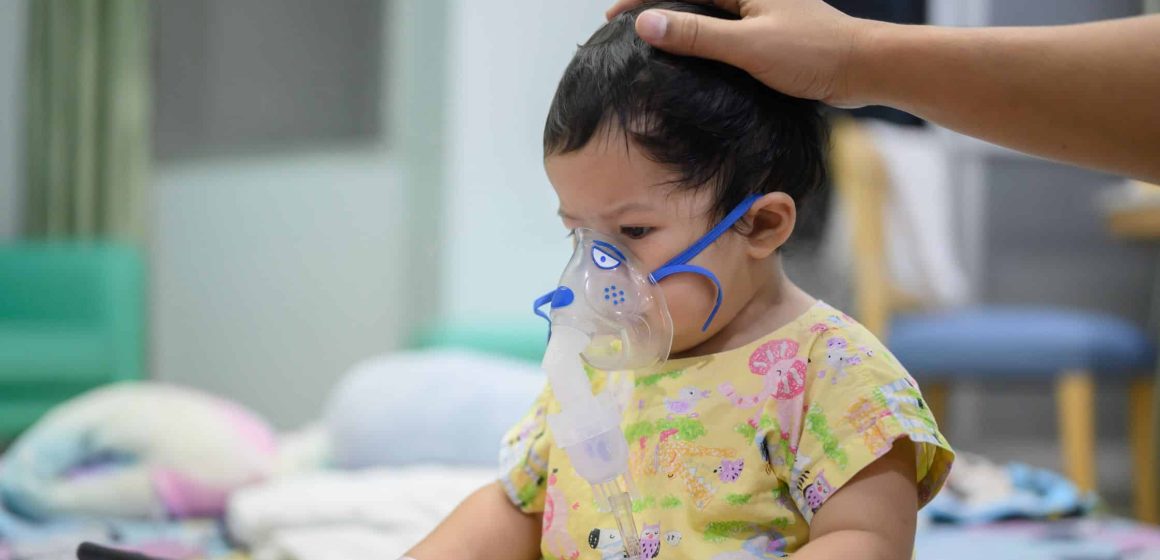Respiratory Syncytial Virus (RSV) is a common respiratory virus that affects infants and toddlers, often leading to mild, cold-like symptoms. However, RSV can sometimes cause severe respiratory illness, especially in young children and those with underlying health conditions. Understanding how to prevent and manage RSV is crucial for parents to protect their children’s health. This guide provides essential information about RSV and practical tips for preventing it.
What is RSV?
RSV is a contagious virus that infects the respiratory tract. It is a leading cause of bronchiolitis (inflammation of the small airways in the lungs) and pneumonia in infants and young children. Most children will have been infected with RSV by the age of two.
Symptoms of RSV
RSV symptoms can vary from mild to severe and typically appear 4-6 days after exposure to the virus. Common symptoms include:
- Runny nose
- Decreased appetite
- Coughing
- Sneezing
- Fever
- Wheezing
In severe cases, especially in infants, RSV can lead to:
- Difficulty breathing or rapid breathing
- Severe wheezing
- Bluish color of the lips or face (cyanosis)
- High fever
- Extreme fatigue
When to Seek Medical Attention
While mild RSV infections can often be managed at home, seek medical attention if your child exhibits:
- Difficulty breathing or wheezing
- Symptoms of dehydration (dry mouth, crying without tears, reduced urine output)
- Persistent high fever
- Symptoms that worsen or do not improve after a few days
How RSV Spreads
RSV is highly contagious and spreads through:
- Direct contact with an infected person
- Contact with contaminated surfaces (toys, doorknobs, etc.)
- Respiratory droplets from coughs or sneezes
Prevention Strategies
1. Practice Good Hygiene
Frequent Hand Washing: Wash your hands and your child’s hands often with soap and water for at least 20 seconds. Use hand sanitizer when soap and water are not available.
Avoid Touching Face: Encourage your child to avoid touching their face, especially their eyes, nose, and mouth, to reduce the risk of infection.
2. Clean and Disinfect
Clean Surfaces: Regularly clean and disinfect frequently touched surfaces and objects, such as toys, doorknobs, and countertops.
Disinfect Items: Disinfect items that your child often puts in their mouth, such as pacifiers and teething toys.
3. Avoid Close Contact with Sick Individuals
Limit Exposure: Keep your child away from individuals who are sick or showing symptoms of a respiratory infection.
Stay Home When Sick: If your child is showing symptoms of illness, keep them at home to prevent spreading the virus to others.
4. Practice Respiratory Etiquette
Cover Coughs and Sneezes: Teach your child to cover their mouth and nose with a tissue or their elbow when they cough or sneeze. Dispose of tissues immediately and wash hands.
5. Limit Exposure in High-Risk Settings
Crowded Places: Avoid taking your child to crowded places during RSV season, typically from late fall to early spring.
Daycare: If possible, limit your child’s exposure to daycare settings when RSV is prevalent, especially if they are at high risk for severe infection.
6. Breastfeeding
Boost Immunity: If possible, breastfeed your baby. Breast milk contains antibodies that can help protect your child from infections, including RSV.
Managing RSV at Home
1. Ensure Comfort
Hydration: Keep your child well-hydrated by offering plenty of fluids. Breast milk or formula for infants and water or oral rehydration solutions for older children.
Humidifier: Use a cool-mist humidifier in your child’s room to help ease breathing and keep their airways moist.
2. Relieve Symptoms
Nasal Saline Drops: Use saline drops and a bulb syringe to clear nasal congestion in infants.
Fever Reducers: Use fever reducers like acetaminophen or ibuprofen (for children over six months) to reduce fever and discomfort. Always follow dosing instructions and consult your pediatrician if unsure.
3. Monitor Symptoms
Watch for Warning Signs: Keep a close eye on your child’s symptoms and seek medical attention if they show signs of difficulty breathing, dehydration, or if their condition worsens.
Conclusion
RSV is a common yet potentially serious respiratory virus in infants and toddlers. By practicing good hygiene, cleaning and disinfecting frequently touched surfaces, avoiding close contact with sick individuals, and knowing how to manage symptoms, you can help protect your child from RSV. Early recognition and proper management of symptoms are key to ensuring your child’s health and well-being during cold and flu season.
For more information on RSV and other pediatric health topics, visit the American Academy of Pediatrics – HealthyChildren.org.












